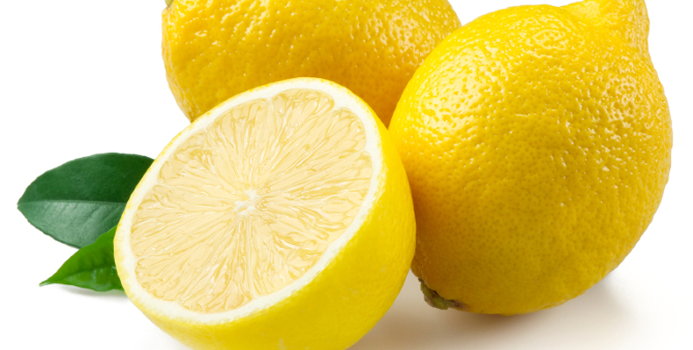Baking powder is a raising or leavening agent widely used in cooking. It consists of a base, filler and acid. The base is usually baking soda, also known as sodium bicarbonate. The filler in most cases is corn starch or potato starch. Tartar cream or tartrate salt makes the acid. The neutral taste of the powder makes it convenient for many foods.
How it Works
You add the powder to the food before baking. The liquid ingredients in the recipe mix with the powder which triggers a reaction. This produces carbon dioxide bubbles which spread in the dough or batter and expand the mixture in the process. As the food cooks, more carbon dioxide is released which causes the food to rise. This is why recipes that involve baking powder have you add the liquid in the last stage. It keeps the rising agent from reacting too soon.
Types of Baking Powder
Single acting baking powder contains just one acid. Recipes that use this must be baked immediately because the powder reacts as soon as fluid is added into the mixture. It is usually used by commercial bakers. Double acting baking powder contains two acids. This enables it to react at two levels. The first acid reacts when it comes into contact with fluid in the recipe. Further activity is triggered by the high oven temperatures. The double action produces light and fluffy baked goods. The latter raising agent is what you find in grocery stores. It is suitable for home use.
Foods that Use Baking Powder
- Bread
- Scones
- Cakes
- Biscuits
- Pancakes
- Muffins
- Hush puppies
- Bean cakes
Baking Powder Substitutions
- Mix ¼ teaspoon baking soda with ½ teaspoon tartar cream. This gives you the equivalent of 1 teaspoon baking powder. If you don't intend to use the raising agent soon, it is best to add ¼ teaspoon corn starch to the mixture. This will absorb moisture in the air and forestall a chemical reaction between the baking soda and tartar cream.
- Mix ½ teaspoon baking soda with ½ cup buttermilk, sour milk or plain yogurt. This is the equivalent of 1 teaspoon of baking powder.
- Mix ¼ teaspoon baking soda with 1/3 cup of molasses.
- Lemon juice can be used as a substitute for some of the liquids in certain recipes that use baking soda. The juice provides the essential acidity that triggers the baking soda to act.
Where substitutions include liquid, it is best to reduce the amount of liquid in the recipe by 2 to 3 tablespoons. In most recipes that use baking powder, 1 teaspoon is added for each cup of flour used. When too much of the raising agent is used, the baking soda doesn't react as it should. This results in sunken baked foods. Too much of the leavening agent also gives the food a bitter taste. It is a good idea to sift the rising agent and other dry ingredients to ensure uniform distribution. If not, your baked food is likely to bear large holes.



